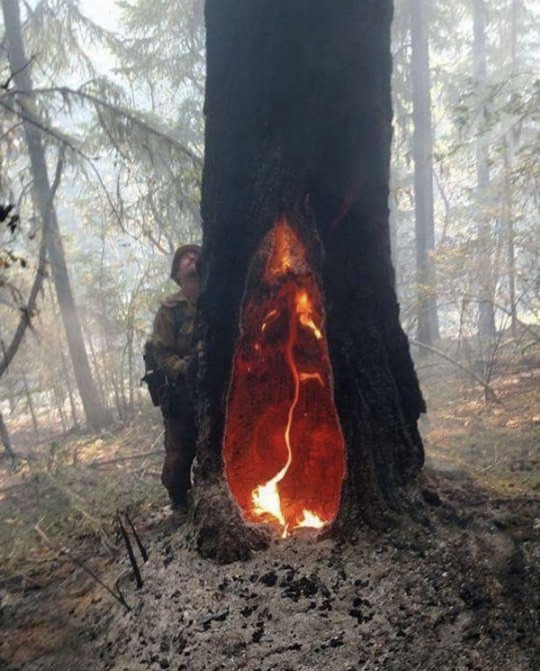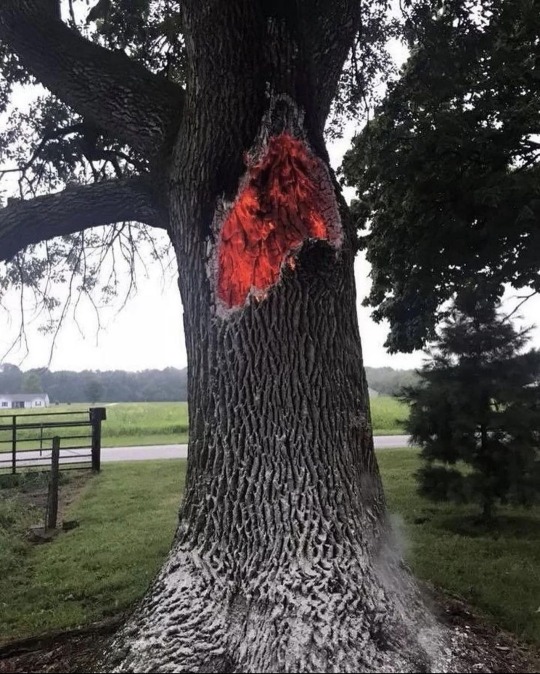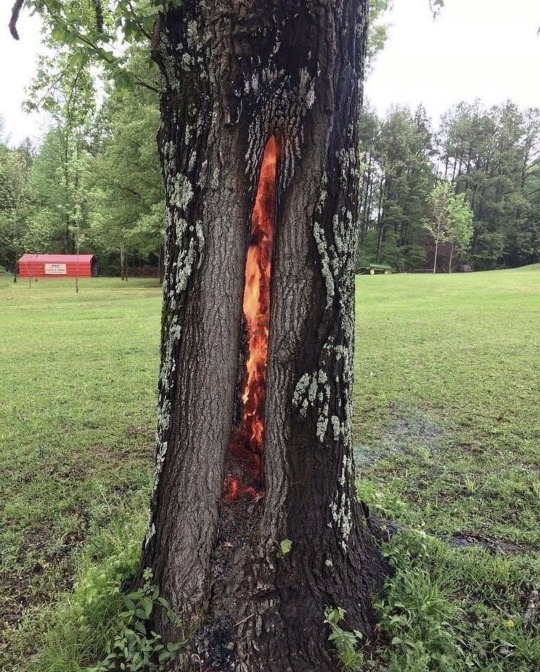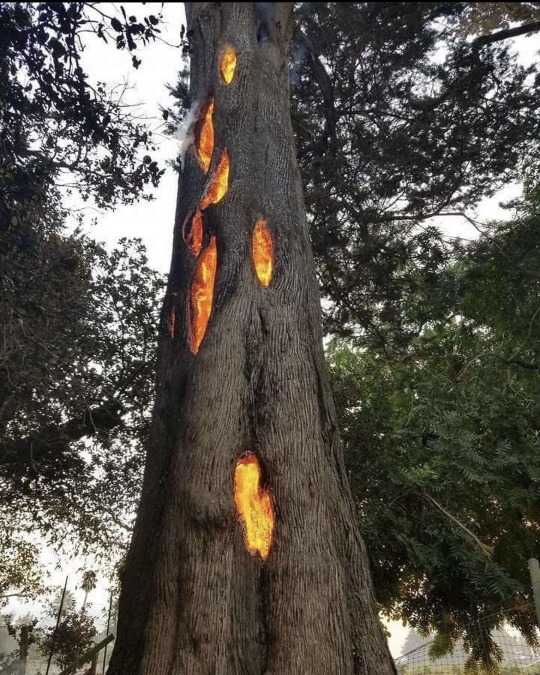sephospaganplace
8K posts
An Apollon Devotee. Honors the gods, world cultures, and archeology. Polytheist. Queer. Middle Eastern. yert She/Her
Don't wanna be here? Send us removal request.
Text

Dionysus in female attire, 2nd - 1st century bce.
Found in Delos, at the small sanctuary of Dionysus
(ft kitty!!!)
1K notes
·
View notes
Text




A rolling wave. Painting details from: Arabesques, by Daniel Adel.
7K notes
·
View notes
Text
4K notes
·
View notes
Text

Duck shaped cosmetic vessel made from a single piece of rock crystal (quartz), Mycenaean Greece, circa 1500 BC
from The National Archaeological Museum, Athens
1K notes
·
View notes
Text

This is a photo of 32 Chunk that Ranger Tammy took YESTERDAY. as in MAY 18TH 2025.
32 Chunk is starting spring fatter than many bears end up being in late fall! He's already a Fat Bear Champion contender and the cams haven't even turned on yet! holy crap!
as KatmaiConservancyNaomi said when she posted the photo on explore: WHAT WILL 32 CHUNK LOOK LIKE IN OCTOBER?!
3K notes
·
View notes
Text
Someday your hands will be old and wrinkled, the skin spotted and bunching over your knuckles. And a child will watch you make something. It's a simple task, you'll have done it a thousand times before. But to that child, the smooth, confident way your hands move will seem like impossible magic. You have to keep living.
59K notes
·
View notes
Photo



Participating the ecstatic ritual. Dinos painter Maenad stamnos (vase). Late 5th c.
4K notes
·
View notes
Text





hail all-seeing Father Helios! hail Apollon, averter of evil, and His son Asclepius, the divine physician 🌟
172 notes
·
View notes
Text
Something must be wrong with me, I haven't talked about the beadnet dress in forever.
It consists of seven thousand faience beads in blue green and blue to imitate turquoise and lapis lazuli. It is 4600 years old (the threading is modern, but the beads were found in their original pattern so this reconstruction is as accurate as it can be). It is one of the most gorgeous garments in existence and was owned by a woman who was a contemporary of king Khufu.

The dress was found in her tomb in Giza, known as Tomb G 7440 Z, and it's the earliest known garment of this type.
26K notes
·
View notes
Text

Statue of Neptune (2001) rising from the sea at Melenara Beach, Gran Canaria | sculptor: Luis Arencibia | ph: Juan Manuel Orega
4K notes
·
View notes
Text

Musings on Dionysus from last night:
—
Dionysus is young and old.
He is, in his earliest myths, a son of Persephone. It is with her that the seasons change, and he does also.
In the spring he is flowering and young, emblazoned with youthful vigor and excitement. Dionysus Intonsus. Dionysus the unshorn youth.
In summer, he is fertile- ripe and ready. Drunk and enticing in the warmest months. It is with him that your cares are taken from you, and celebration is an order. Dionysus Lyaeus. He who frees us from care.
In the fall, it is the slow descent into the cold. The vine is plucked, the wind turns. It is here he is pressed and he provides for all in the feast. Here he sits at the head of the table and offers council and comfort to all- Dionysus Hestius. Dionysus of the feast.
Finally, death is in winter. It is this time when the warmth of mulled wine is sweetest- when it fills the heart, even in the absence of the growing vine. It is when he guides through the cold and dark, encouraging in the final moments before he is born again that we can follow this cycle. He lights our way, and shows us through. Dionysus Lampterus- he of the torches.
—
Personally, I have always viewed Dionysus as a teacher and mature more figure- in line with his Bronze Age depictions. This is not to say that the younger depictions of him are incorrect- not at all. These concepts and aspects of him can exist simultaneously. They are not at odds, but instead work in tandem to create the full picture.
Dionysus isn’t only the young and carefree God. He is a God of Good Counsel, and he who guides the wild growth carefully.
84 notes
·
View notes
Photo

The stone Kernos for food offerings of the collected harvest, the Minoan settlement of Malia, Crete (1650-1450 BCE).
256 notes
·
View notes





